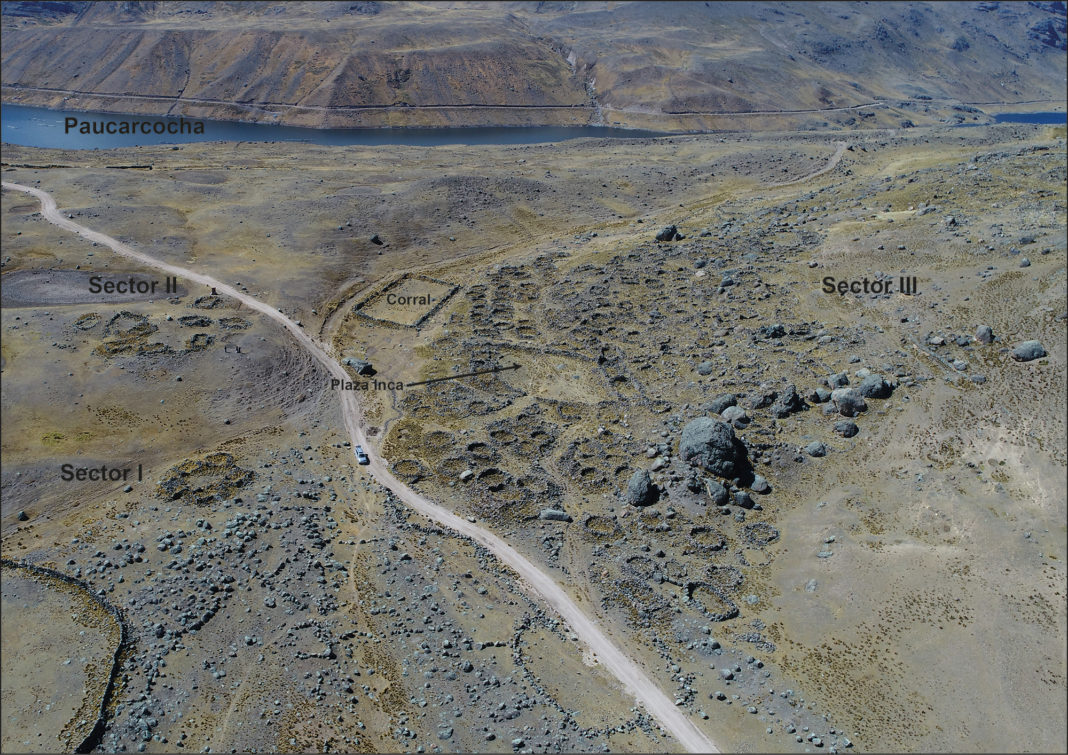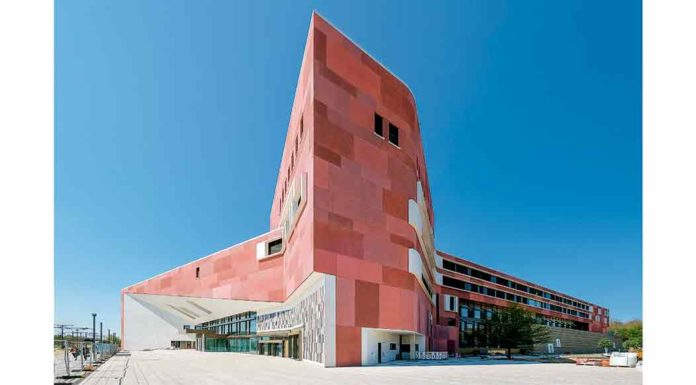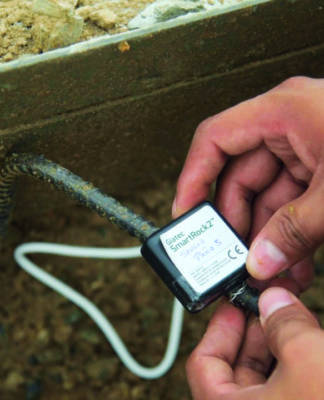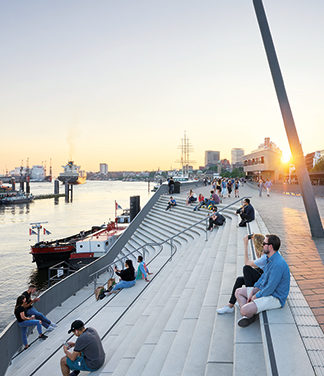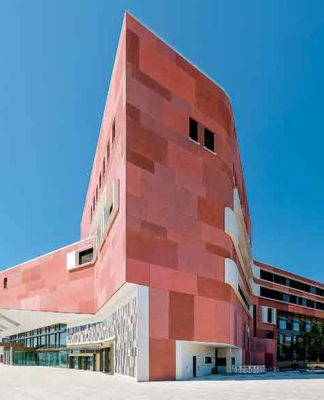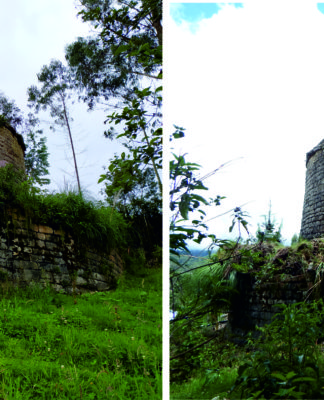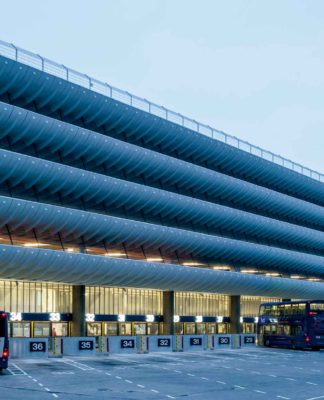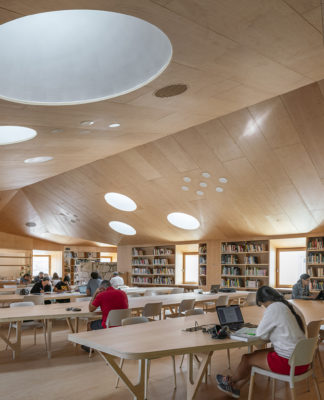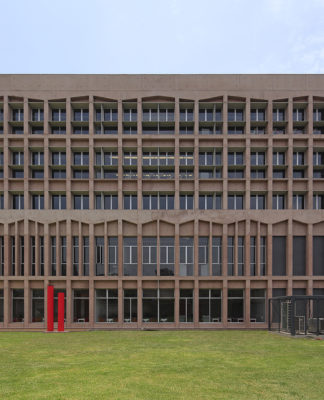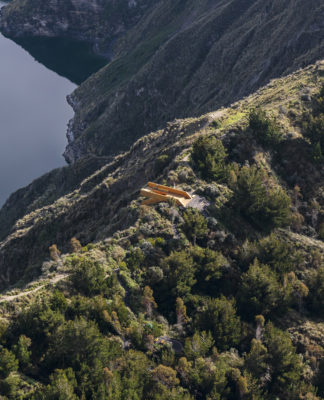PIRCA PIRCA DE YAUYOS: LA PRESENCIA INCA EN LA CORDILLERA DE PARIACACA
Dejando atrás el cálido valle de Huarochirí y viajando con dirección oriente hacia los nevados, el viajero de finales del siglo 16 debió sentir con cada día transcurrido, un cierto anhelo por el “muy cursado’ y ya lejano tambo de Guadochiri (Dávila Briceño 1881 [1586]). Ciertamente, las leguas de despoblado que separan este tambo con el destino final de Xauxa al otro lado de la cordillera son unas de frío, altura y un abrupto y solitario terreno cruzado por bofedales, lagunas heladas e inmensas pampas. Nuestro hipotético viajante recorrería estas largas leguas siguiendo el camino inca o Qhapaq Ñan que surca estos paramos y que une el tambo inca y asentamiento de Xauxa en el valle del Mantaro con el templo de Pachacamac en la costa de Lurín. Ya muy cercano al ascenso al Pariacaca, el camino inca se conecta con los restos del antiguo Tambo de Huarochirí o actual Tambo Real y del poblado de Pirca Pirca, ambos probablemente abandonados hacia finales del siglo 16. Ante tal panorama ruinoso y la ausencia de refugio decente, el anhelo de nuestro viajero por un acogedor lugar de descanso antes de surcar las alturas de Pariacaca debió solo de intensificarse.
Por Jorge Rodríguez Morales, Laura Zamora Melo, Raúl Zambrano Anaya, Camila Capriata Estrada
PIRCA PIRCA OF YAUYOS: THE INCA PRESENCE IN THE PARIACACA MOUNTAIN RANGE
Leaving the warm valley of Huarochirí behind and traveling east towards the snow-capped mountains, the travelers from the late 16th century must have felt with each passing day, a certain yearning for the “very busy” and already distant tambo of Guadochiri (Dávila Briceño 1881 [1586]). Certainly, the miles of uninhabited land that separate this tambo with the final destination of Xauxa on the other side of the mountain range are ones of cold, height and a rugged and solitary terrain crossed by wetlands, frozen lagoons and immense pampas. Our hypothetical traveler would travel these long miles following the Inca road or Qhapaq Ñan that crosses these stops and connecting the Inca tambo and
the Xauxa settlement in the Mantaro valley with the Pachacamac temple on the coast
of Lurín. Already very close to the ascent to Pariacaca, the Inca trail connects with the
remains of the old Tambo de Huarochirí or current Tambo Real and the town of Pirca
Pirca, both probably abandoned towards the end of the 16th century. Faced with such
a ruinous panorama and the absence of decent shelter, our traveler’s yearning for a
cozy resting place before soaring through the heights of Pariacaca must only have
intensified.
By Jorge Rodríguez Morales, Laura Zamora Melo, Raúl Zambrano Anaya, Camila Capriata Estrada.
#arkinka #arquitectura #architecture #arqueología #design #diseño #archeology #architecturestudio #peru #arkinka

